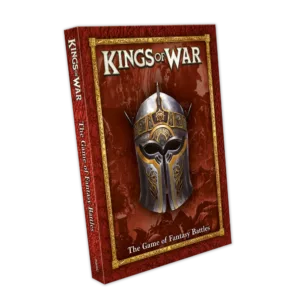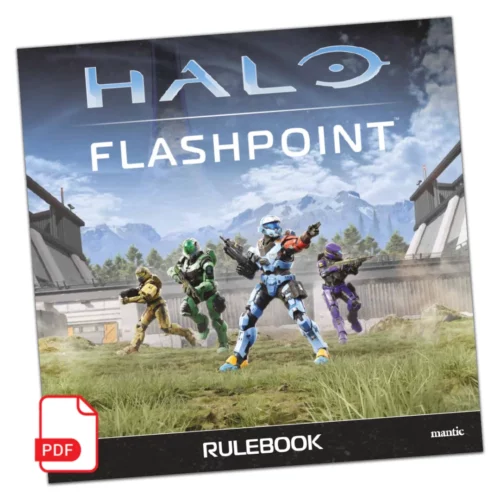Kings of War – How To Play Series -The Shooting Phase
12th Oct 2022
Martin Thirlwell
Hi, Kyle here again to go through the shooting phase in your games of Kings of War. This blog will also go through what cover, indirect and nerve checks are!
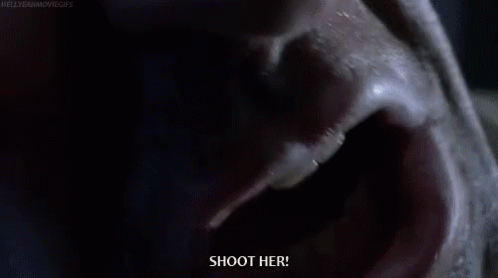
In a game all about movement and positioning, the Ranged Phase can prove quite powerful. Being able to apply damage with Ranged units keeps you safe from potential Counter Charges and can weaken the enemy battle line, ensuring your combat units have an advantage when they’re ready to Charge in. It’s important to understand how to take advantage of this Phase and properly defend against it.
Stay on Target
Not all units are able to use Ranged Weapons. Those which can, will commonly have a ‘Ra’ stat listed in their profile and a weapon option under their Special Rules. Ranged Weapons are unique and will have their ranges and any modifiers explicitly stated in the Unit Profile. Some units will not come with a Ranged Weapon at default but have an upgrade option available. Ranged Weapons can follow a different convention for Attacks rolled than their normal Attack Stat, but not always. Pay close attention to what your unit has available.
When shooting, a unit is able to pick a single enemy unit as a target, as long as the following conditions are met.
- The target is at least partially in the shooting unit’s front arc.
- The unit has Line of Sight to the target
- The distance between the unit’s Leader Point and its target is equal to or less than the weapon’s range.
- *Note* This is different from measuring charge distances. For Ranged Attacks, the distance is measured from the Leader Point, not anywhere on the base.
- The unit is not Engaged in Melee.
- The unit was not Disordered in the prior Melee Phase.
- The unit did not receive an At the Double Order in the prior Movement Phase.
Roll a number of dice indicated by the Attack stat of the Ranged Weapon you are firing. A hit is scored by any dice that meet or exceed the unit’s Range Attack Stat.
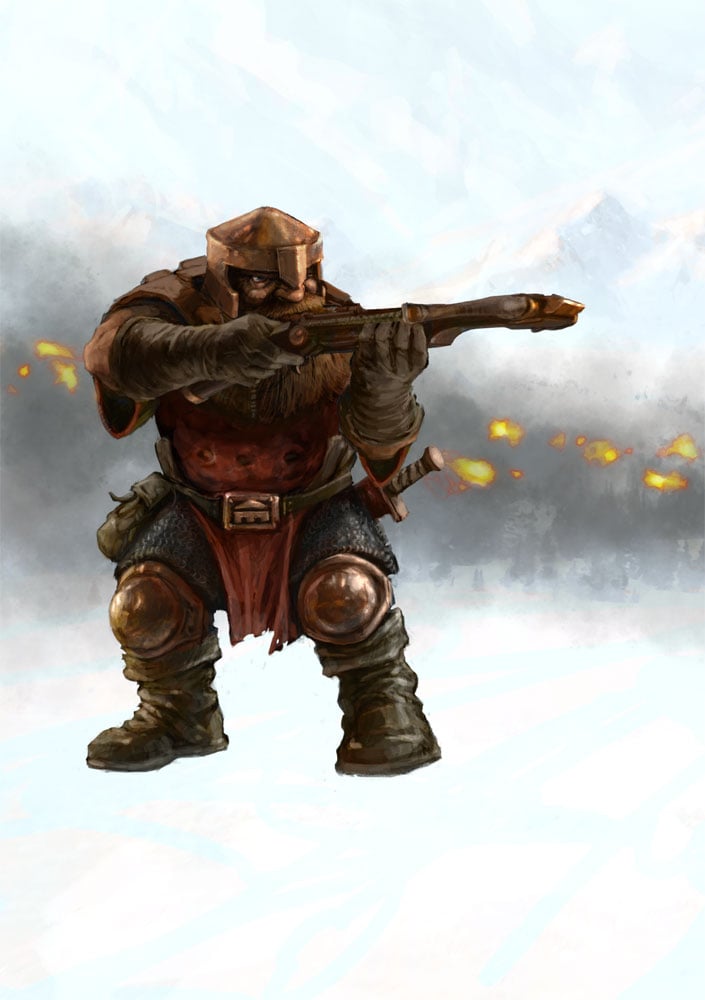
Seeing the Tree through the Forest
There are several factors that come into play that can potentially make it more difficult to hit a target. After all, a unit on the march will have a much harder time taking aim. Or perhaps their target is screened by terrain or other battlefield conditions. Apply the following modifiers to your Range Attack Stat when firing. These modifiers stack.
- -1 for Moving. Any order other than Halt in the previous Movement Phase will apply this modifier. So even a slight pivot to get your angle right applies!
- -1 for Cover. Cover is broken down into two situations. Obscured Target and Concealed Target. More on those later.
- A unit making Ranged Attacks from within or in base contact with Difficult Terrain that were given a Halt Order in their prior Movement Phase will Ignore that piece of Terrain when determining Cover, unless the target enemy is also within or touching it.
- -1 for Stealthy. Some units will have the Special Rule, Stealthy. These are units who make themselves difficult to spot or are shrouded in darkness.
- -1 for Individuals. It’s very difficult to pick out a lone warrior on the battlefield!
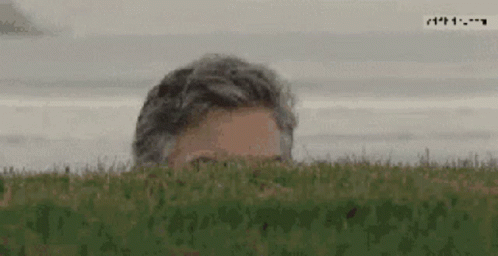
Types of Cover
Cover can apply from multiple sources, but the shooting unit will only ever suffer a single -1 to hit for their target being in Cover. Depending on the type of Cover, the firing unit may be able to ignore it with certain special rules. In order to better represent these, Cover is broken down into two types.
Obscured Target. This type of Cover is where a unit is at least partially visible, but Line of Sight is not clear. This could be if the target Unit is behind a piece of terrain or other units. These situations lead to units that are “screened” from the shooter and apply cover.
- Draw Line of Sight from the Leader Point of the firing Unit to the facing of the target. If at least half of the Line of Sight passes over intervening Units or terrain, then the target is Obscured.
- Units and terrain that are three Hight levels smaller than the target does not confer Obscured Target. They’re just too small to provide benefit!
- Height 4 Large Cavalry hiding behind Height 1 Swarms would not provide an Obscured Target. 4-1 = 3 levels of Height difference.
Concealed Target. When a unit has taken a defensive position within a piece of terrain, the target is said to be Concealed. The target unit must have at least half of its base within the Difficult Terrain to get this benefit!
- Height difference still applies! While a Height 6 Giant standing in a Height 9 forest would make it Concealed, standing in an ankle-deep pond that is Height 1 would not! 6-1 = 5 levels of Height difference.
Obstacles offer a good defence against Melee units and give Ranged Attack units the benefit of being able to ignore the Height 2 Obstacle themselves, as long as they are in base contact with the Obstacle and their target isn’t.
Hills will help a Ranged unit gain Height advantages as long as their base is at least half on the Hill. Hills that are Height 3 specifically help with Cover, oftentimes allowing the firing unit to see over units of its same Height or less.
- Having your Leader Point on a Hill but not half of your base means you can ignore the Hill when determining if you can see over it, but the Hill will then be taken into consideration of whether or not the target is an Obscured Target.
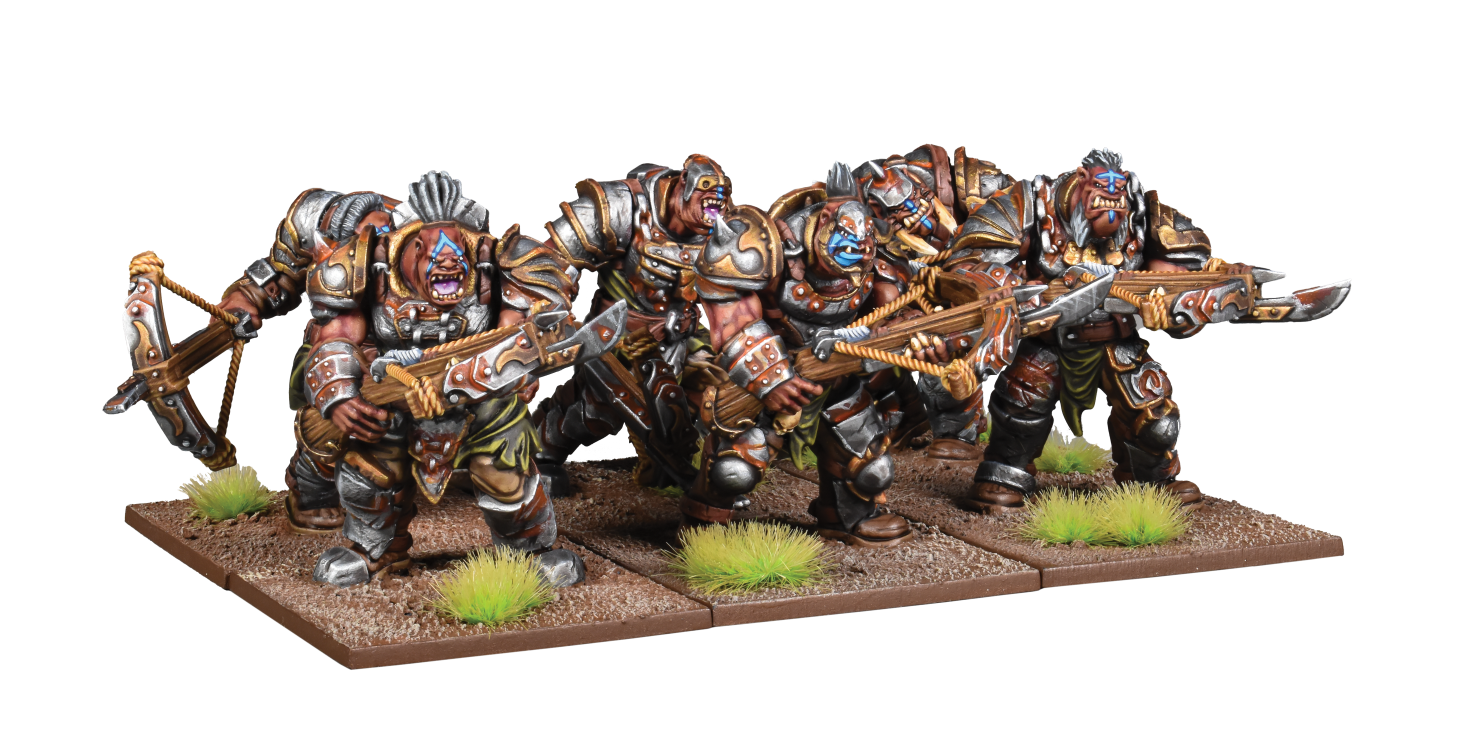
Now that’s a lot of Damage!
Now that you’ve determined how many dice hit the target, pick up the successful rolls and roll them again, comparing them to the target’s Defense Stat. Each roll that meets or exceeds the Stat is recorded as damage.
Certain special rules, such as Piercing, can modify the number needed for a successful damage roll. This helps represent the powerful weaponry in Pannithor. A Dwarf Sharpshooter has black powder Longrifles that come with Piercing (2)!
Damage and morale are combined in Kings of War. To find out if a unit is shaken or wiped out, you must take an additional special roll called a Nerve Test. At the end of the Ranged Phase, after all units have fired, you will take a Nerve Test on each unit that suffered damage. This is done by rolling 2D6 and adding the damage caused to the unit. The result is compared to the Nerve stat of the target unit.
Example:
- A unit has suffered 4 damaged in the Ranged Phase. The attacking player rolls 2D6 + 4 with a result of 11. The target unit has a Nerve Stat of 11/13. The unit is now Wavered as the total of the Nerve Test meets the lowest number of the Nerve Stat but was not high enough to meet 13 and Rout it.

What about Magic?
Magic is also cast in the Ranged Phase but works differently than standard Ranged Attacks. It follows many of the Ranged Attack rules, specifically those listed under the Stay on Target section, with some exceptions.
We’ll go over Magic in detail in tomorrow’s blog!

 GBP
GBP  EUR
EUR  USD
USD 